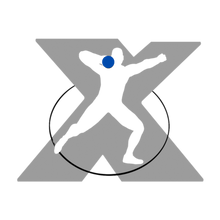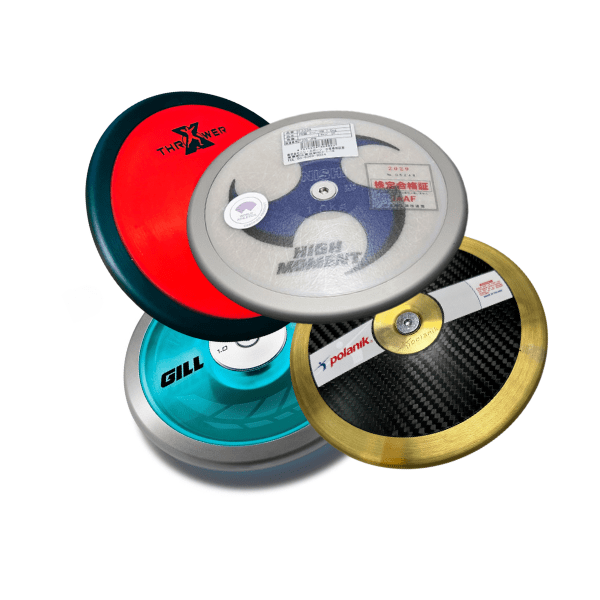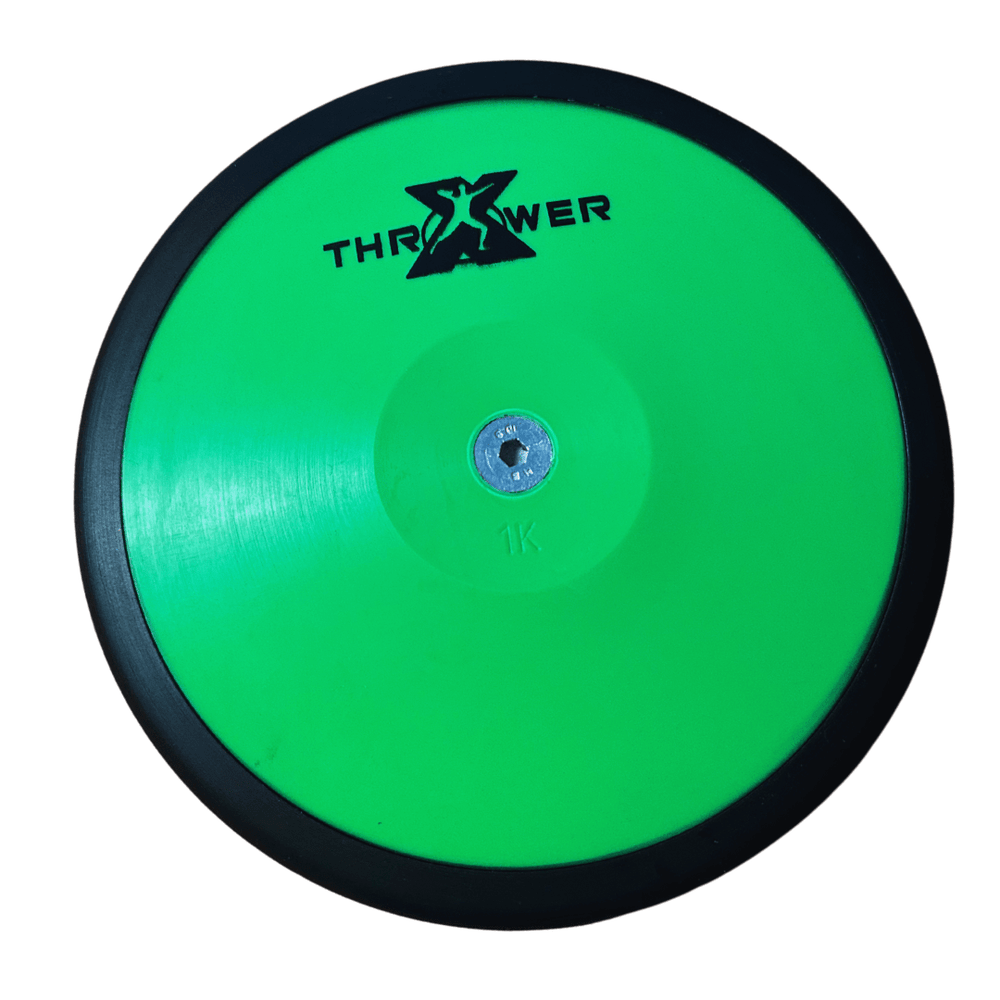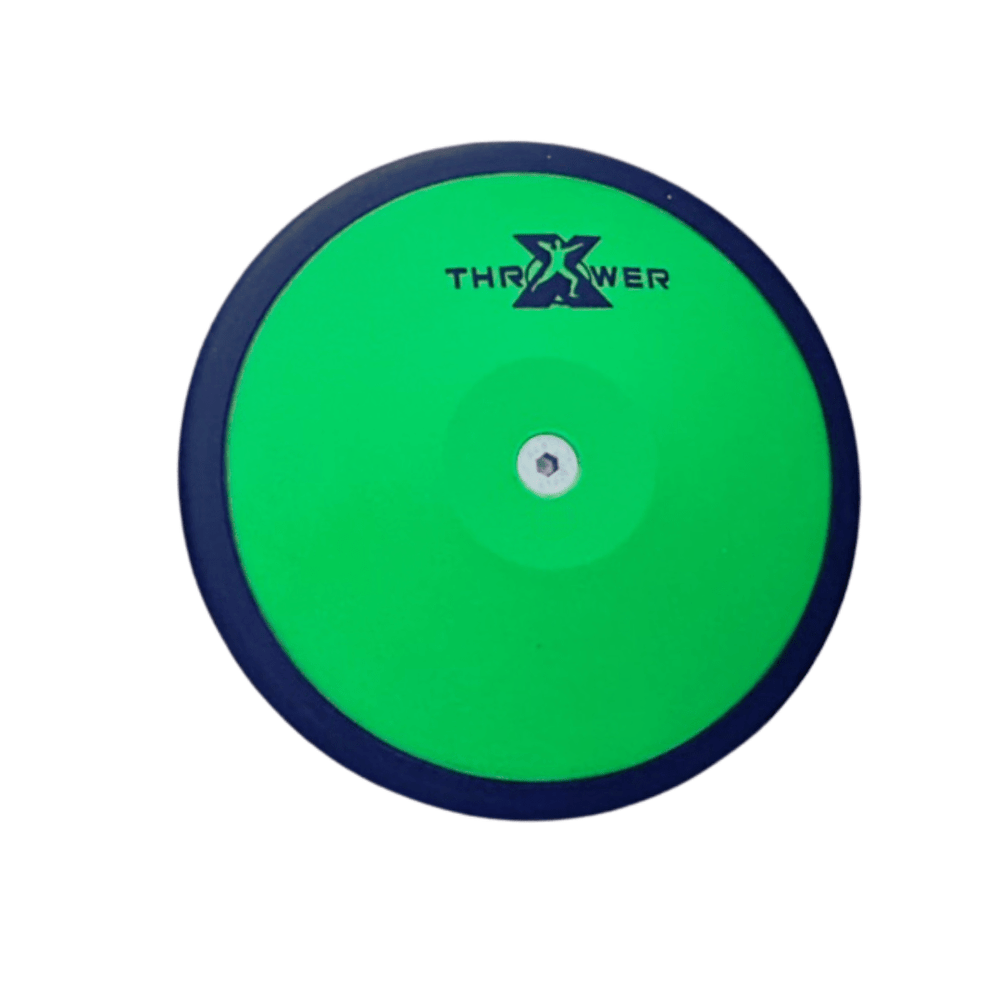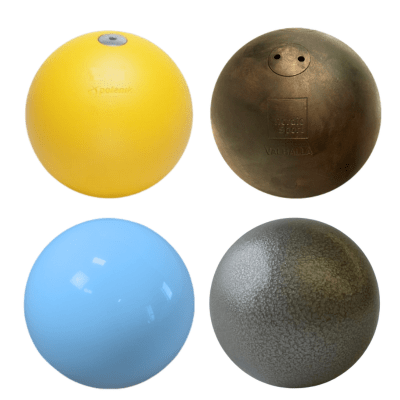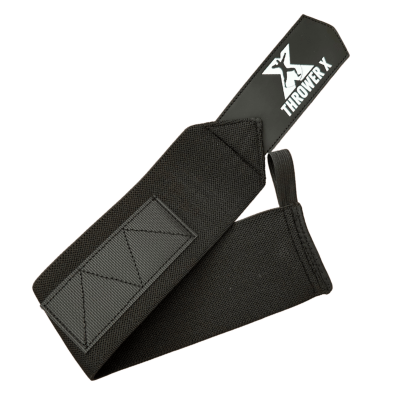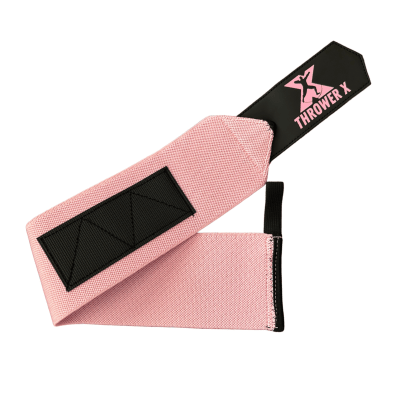Javelin Throw Phases
Javelin Throw Phases
Phases of the Javelin Throw
Approach Run
- Purpose: Build horizontal velocity while maintaining posture and balance
- Mechanics: Sprint mechanics; upright posture; javelin held above shoulder level
Withdrawal / Transition
- The javelin is drawn back as the thrower prepares to shift into the delivery phase
- Torso rotates and hips begin to open, stretching the core muscles (pre-load for power)
- Cue for the thrower to accelerate
Cross-Over (Angular) Steps
- Crucial for aligning the body and building tension
- The lead leg drives forward while the javelin remains behind the head
- Stretch-reflex action in the torso is initiated here
Block
- Most powerful single movement: the front (blocking) leg plants forcefully
- Stops forward motion, converting horizontal momentum into a whip-like throw
- Upper body rotates explosively as the arm is slung forward
Release
- The arm extends rapidly, releasing the javelin at shoulder height
- Key variables: release velocity, angle, and height
- Wrist snap and arm speed are critical for maximizing distance
Follow-Through
- The thrower allows space for deceleration
- The body continues forward; usually, one javelin length is recommended for the recovery
Key Biomechanical Principles of Javelin Throwing
The biomechanics of the javelin throw involve a complex coordination of speed, strength, mobility, and technique across several phases to maximize distance while ensuring control and safety.
- Transfer of momentum from the run-up to the release
- Sequential movement from legs → hips → torso → arm → javelin
- Elastic energy storage in muscles/tendons (especially in the torso and shoulder)
- Optimal release angle (typically ~30–36°) and velocity determine distance.
Important Biomechanical Factors of Javelin Throwing
- Hip-shoulder separation (torque for throw)
- Core stability and mobility (for transfer of force)
- Shoulder and elbow mechanics (to avoid injury and add speed)
- Lower body rotation and timing (efficient block and drive)
Javelin Performance Insights
- The best javelin throwers convert horizontal speed into a vertical and rotational force applied to the javelin.
In short, javelin throw biomechanics are about optimizing movement coordination, energy transfer, and timing; blending sprinting mechanics with explosive, whip-like upper body actions.
Sample Javelin Throw Training Day Structure
Warm-Up (approx. 400 meters of activity)
- Dynamic flexibility movements: e.g., walking quad stretch → power skips
- Javelin-specific warm-up:
- Easy throws
- Light medicine balls
- Shoulder/elbow/torso flexibility (with javelin)
- Approach-style running drills
Javelin Throws (800g men / 600g women)
Progress from easy to intense runway throws:
- 4 × easy throws (75–80m)
- 6–10 × dynamic three-step throws
- 10–15 × dynamic five-step throws
Javelin-Specific Medicine Ball Drills
(2 kg women / 3 kg men)
- 20 × kneeling two-handed javelin-style throws
- 20 × arch and throw (feet together)
- 10 × walking three-step throws
Running & Sprint Work
- Approach run timing drills (non-throwing days)
- Sprint training on the runway and track
- Focus on proper mechanics, even while carrying the javelin
Javelin Throw Program Philosophy
- Training integrates technical, physical, and speed elements
- Daily planning is critical for consistent development
- Sessions blend technique, sprinting, strength, and event-specific drills
Build a complete javelin athlete by combining explosive throwing with sprint technique and strength development, creating a powerful and well-rounded training approach.

